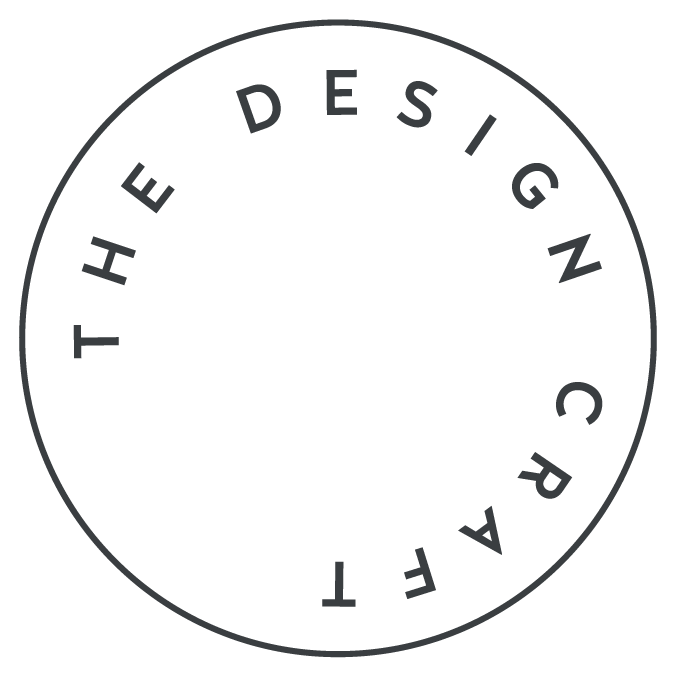Understanding the various color systems—RGB, CMYK, HEX, and Pantone—is essential for accurate color representation in design. Each system serves a distinct purpose, ensuring that color transitions seamlessly from digital to print. Here, we explore the primary color systems, what each one represents, and how to select the appropriate system for any project.
1. RGB: Red, Green, Blue
The RGB model is based on light combinations, creating a broad range of colors for digital displays.
- Applications: Ideal for screens and web design, RGB is the standard for digital color.
- How It Works: Colors are represented in values from 0 to 255, indicating light intensity for each color channel.
2. CMYK: Cyan, Magenta, Yellow, Black
CMYK is a subtractive color model, foundational to printed materials.
- Applications: Commonly used in printing, CMYK allows for precise color replication in print media.
- Reading CMYK: Each color channel is assigned a percentage value from 0 to 100, indicating the amount of ink applied.
3. HEX Codes
A digital-friendly format, HEX codes represent colors with six-digit codes, translating RGB values into a universal web format.
- Applications: Used in web design for consistent color display across platforms.
- Reading HEX Codes: Consists of three two-digit values (in hexadecimal), correlating to RGB values.
4. Pantone Matching System (PMS)
Pantone is a standardized system widely used for brand consistency in print and textile production.
- Applications: Often used in branding, Pantone provides precise color matching across materials.
- Reading Pantone Codes: Each color is given a unique number, ensuring exact color replication.
5. Additional Resources on Color Systems
- Understanding RGB and CMYK: Explore the differences between RGB and CMYK color models and their applications in design.
- HEX Codes for Web Design: A comprehensive guide to HEX color codes and their usage in web design.
- Pantone Color Fundamentals: An overview of color principles and the Pantone Matching System.
Conclusion: Selecting the Right Color System for Precision in Design
Each color system has unique strengths, whether you’re designing for web, print, or branding. By selecting the right system, designers can ensure colors appear consistent and accurate across mediums, meeting both creative and technical standards.
| Color Type | Components | Primary Applications | Common Uses |
|---|---|---|---|
| RGB (Red, Green, Blue) | Light-based colors used for screens | Digital media, websites, apps | Used for on-screen visuals in devices like computers, TVs, and smartphones. |
| CMYK (Cyan, Magenta, Yellow, Black) | Ink-based colors for printing | Print media, such as posters, magazines, packaging | Used in most printed materials, allowing precise ink blending for full-color images. |
| HEX Codes | Hexadecimal color values | Web design and digital media | Commonly used in CSS and HTML to define web colors accurately and consistently. |
| Pantone Matching System (PMS) | Standardized color reference | Branding, product design, and fashion | Ensures consistent color matching in branding across materials, including textiles and packaging. |
| HSL (Hue, Saturation, Lightness) | A color model describing color in terms of hue, saturation, and lightness | Digital design, especially for web design | Used to adjust and define colors with precise control over brightness and intensity. |
| LAB Color | Based on human perception of color, includes lightness and color channels | High-end photo editing, color calibration, and printing | Useful for ensuring color accuracy across different lighting conditions, as it resembles human visual perception. |
| HSB/HSV (Hue, Saturation, Brightness/Value) | Defines color by hue, saturation, and brightness/value | Graphic design and digital art software | Frequently used in digital editing software for quick color adjustments in design processes. |
